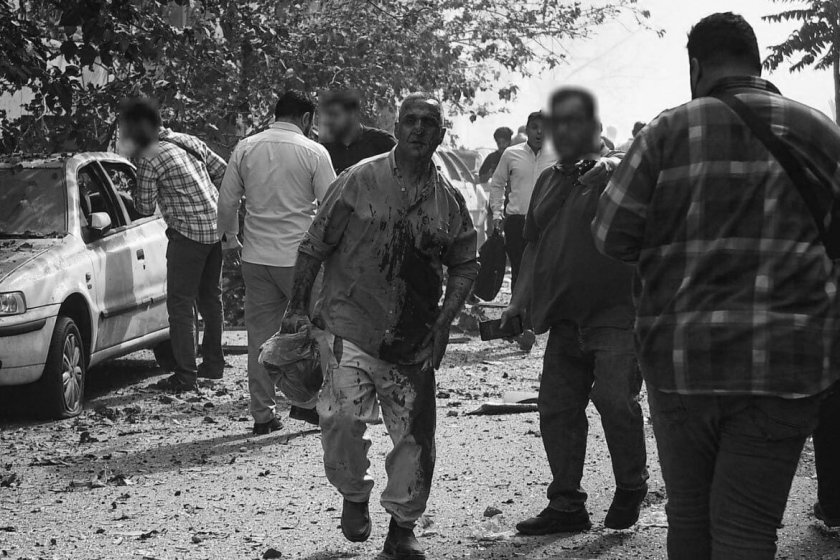The coronavirus is most densely concentrated in Istanbul's workers’ districts
According to a report, the largely working-class districts of Avcılar, Bağcılar, Esenyurt, Ümraniye, and Küçükçekmece are some of the areas with the highest rates of coronavirus infection.

Harita: kirilganlik.istanbul'dan alınmıştır.
According to the report prepared by the Scientific Advisory Board of the IBB (Istanbul Metropolitan Municipality), the largely working-class districts of Avcılar, Bağcılar, Esenyurt, Ümraniye, and Küçükçekmece are some of the areas with the highest rates of coronavirus infection.
Istanbul Metropolitan Municipality Scientific Advisory Board member Dr. Nilüfer Aykaç prepared the report titled, “Verilerle İstanbul Profili-Covid-19 İstanbul” (Data on the Profile of Covid-19 in Istanbul). According to Aykaç’s report, which analyzed the relevant data concerning the spread of the novel coronavirus pandemic in Istanbul, the spread of Covid-19 progressed to a significant degree independently of age-related factors.
According Mert İnan’s article published in Milliyet, Aykaç’s report concludes that contrary to the conventional assumption that infection rates are highest in areas with dense concentrations of people aged 65 and older, data collected in Istanbul shows that areas with dense concentrations of working class residents presented the greatest rates of infection.
AVCILAR, BAGCILAR, BAHCELIEVLER, ESENYURT AND KUCUKCEKMECE
Aykaç’s report shows that, throughout March, workers became a high-risk group for the transmission of Covid-19 due to travel movements between their homes and workplaces in Istanbul. It offers the following account:
“Areas with large concentrations of blue collar residents such as Avcılar, Bağcılar, Bahçelievler, Esenyurt, Ümraniye, Çekmeköy, state road D-100 and Küçükçekmece are now understood to present the highest risk of Covid-19 transmission. However, Kurtköy, Pendik, Samandıra, Ümraniye and Tuzla are the highest risk areas on the Anatolian side of Istanbul. Because blue collar workers largely work in Beylikdüzü, Birlik, Dudullu, İkitelli, the Anatolian side of Istanbul, İstanbul Leather Organized Industrial Zone, Tuzla and Tuzla Chemical Industries Organized Industrial Zone, they were forced to travel daily between their homes and workplaces. These movements resulted in increases in the spread of Covid-19 in Istanbul.”
ACCESS TO GROCERY STORES AND PHARMACIES
The report mentions loss of time faced by residents in reaching grocery stores and pharmacies during curfew hours, citing World Health Organization guidelines which recommend that all pedestrians have access to a grocery store or pharmacy within 5-10 minutes walking distance where basic goods can be purchased. The report included the following determinations:
“The problem of pharmacy access is greater. There are a total of 6,244 pharmacies in Istanbul. There are 4.1 pharmacies per 10,000 people in Istanbul. 4,596,000 people and 309,397 peopled aged 65 and older did not have access to a pharmacy within five minutes walking distance. Considering ten minutes walking distance, these numbers reach out 1,235,684 and 93,169 people aged 65 and older.” (EVRENSEL DAILY)






Follow Evrensel